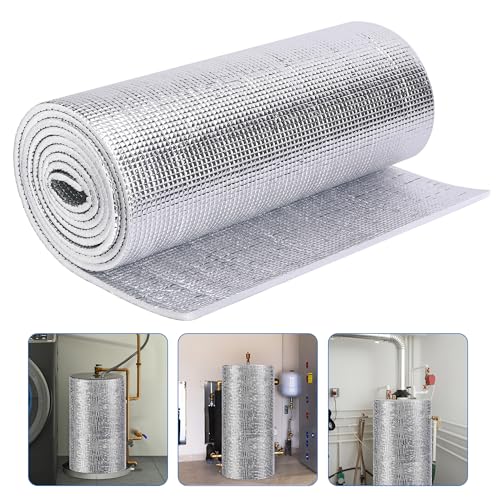Mark_Franklin
Member
Interesting point of view John. When you say that these are not pumps, they are circulators (I assume that is what you meant - not calculators) you say it like that is a bad thing.
Circulation pumps, or circulators, are used in many applications including hotels, apartments and homes. The hp (horsepower) rating is one factor that helps in determining what size pump should be used in a given situation.
The hp rating helps you estimate how much water can be moved, not how fast it can be moved. The rpm rating is a more important factor (but not the only factor) in determining how fast the water will move.
So when I was doing my research on what pump to use, the 1/8 hp, 3600 rpm pump used in the WaterQuick Pro II system stood out.
But more importantly to me is that the 37 homes I have installed them in the San Diego area all but 1 now get hot water in less than 10 seconds. The one that does not get water that fast had a 15 minute wait at the farthest shower from the water heater before I installed the system. They now have about a 15 second wait.
So my customers and I are convinced that they work.
Circulation pumps, or circulators, are used in many applications including hotels, apartments and homes. The hp (horsepower) rating is one factor that helps in determining what size pump should be used in a given situation.
The hp rating helps you estimate how much water can be moved, not how fast it can be moved. The rpm rating is a more important factor (but not the only factor) in determining how fast the water will move.
So when I was doing my research on what pump to use, the 1/8 hp, 3600 rpm pump used in the WaterQuick Pro II system stood out.
But more importantly to me is that the 37 homes I have installed them in the San Diego area all but 1 now get hot water in less than 10 seconds. The one that does not get water that fast had a 15 minute wait at the farthest shower from the water heater before I installed the system. They now have about a 15 second wait.
So my customers and I are convinced that they work.






















































